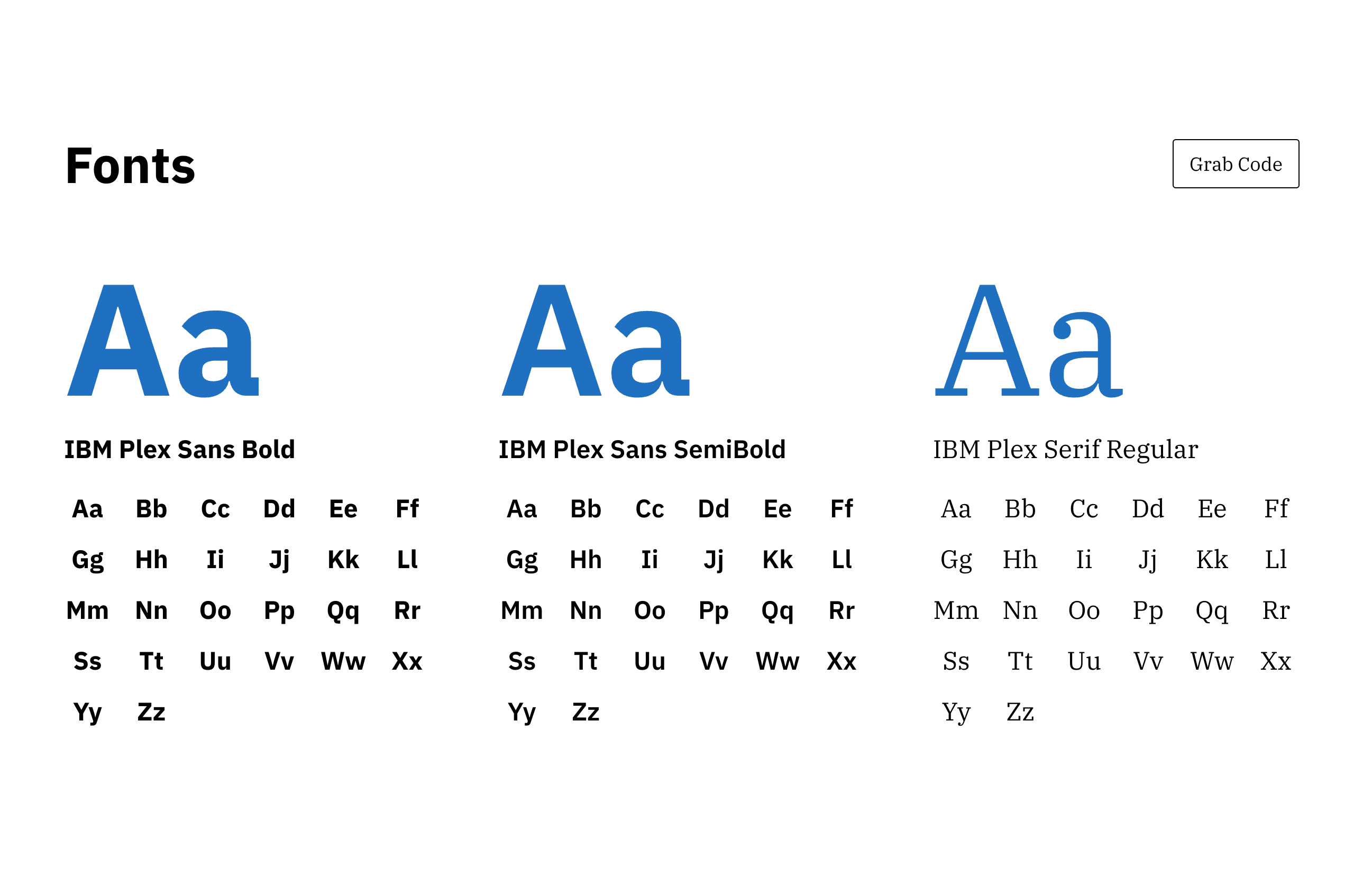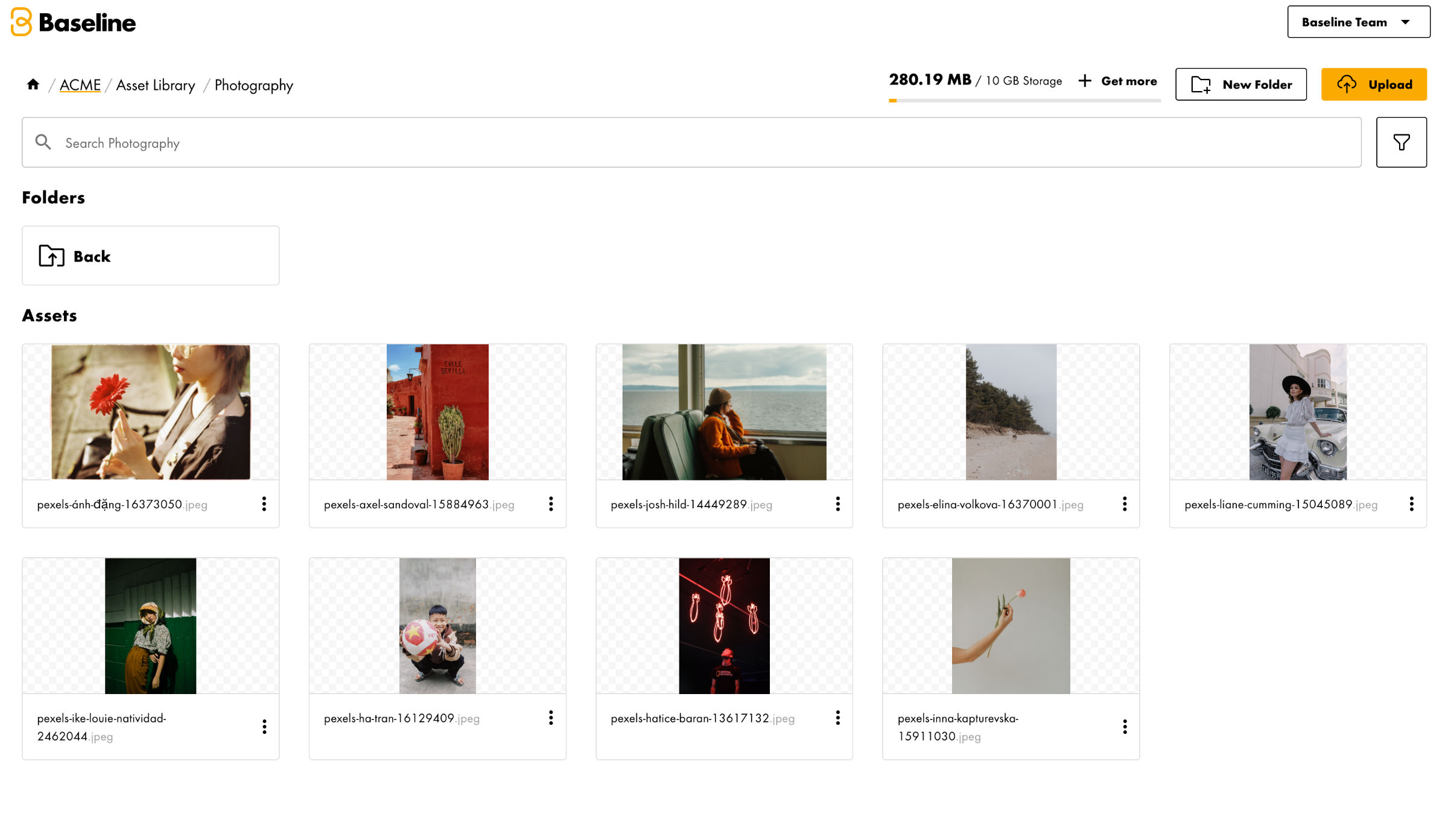
A strong brand identity is essential for being memorable and connecting with your audience. Brand assets are at the heart of this identity - the visual, verbal, and experiential elements that define your brand. This article will dive deep into what brand assets are, why they're important, and how to manage them effectively.
What Are Brand Assets?
Brand assets are the core elements that make up your brand's identity. They're the tangible and intangible components that help customers recognize, remember, and connect with your brand. Together, these assets create a complete brand experience, covering every aspect your customers are in touch with.
Key Types of Brand Assets
-
Visual Assets
- Logo
- Color palette
- Typography
- Imagery and photography style
- Icons and illustrations
-
Verbal Assets
- Brand name
- Tagline or slogan
- Tone of voice
- Key messaging
-
Digital Assets
- Website design
- Social media profiles
- Mobile apps
- Digital content (videos, blog posts, etc.)
-
Experiential Assets
- Customer service style
- Packaging design
- Store or office environment
-
Audio Assets
- Jingles
- Sound effects
- Brand music
Why Are Brand Assets Important?
Brand assets are a crucial part of building and maintaining a strong brand identity. Here's why they're so important:
-
Brand Recognition: Consistent use of brand assets helps customers quickly identify your brand in a crowded marketplace.
-
Brand Recall: Well-designed and consistently used assets make your brand more memorable.
-
Brand Differentiation: Unique brand assets set you apart from competitors.
-
Customer Trust: Consistent branding across all touchpoints builds trust and credibility.
-
Brand Equity: Strong brand assets contribute to overall brand value.
Managing Your Brand Assets Effectively
Proper management of brand assets is crucial for maintaining brand consistency and maximizing their impact. Here are some best practices:

1. Create Comprehensive Brand Guidelines
Develop a detailed brand guide that outlines how to use each of your brand assets. This should include:
- Logo usage rules (size, placement, variations)
- Color codes for your brand palette
- Typography guidelines
- Tone of voice descriptions
- Examples of correct and incorrect usage
Tools like Baseline offer user-friendly platforms for creating and sharing brand guidelines, ensuring everyone has access to the most up-to-date information.

2. Implement a Digital Asset Management (DAM) System
A DAM system is essential for organizing, storing, and distributing your digital brand assets. Look for features such as:
- Easy search and retrieval
- Version control
- Access permissions
- Integration with design tools
Baseline's DAM system offers these features, along with generous storage limits and powerful organization tools.
3. Ensure Consistency Across All Channels
Maintain brand consistency by using your assets correctly across all marketing channels. This includes:
- Website
- Social media profiles
- Email marketing
- Print materials
- Advertising
Platforms like Baseline provide templates and design tools that incorporate your brand assets, making it easier to create on-brand content for various channels.
4. Regularly Review and Update Your Assets
As your brand evolves, so should your assets. Review your brand assets regularly to ensure they still align with your brand strategy and resonate with your target audience. When updating assets, make sure to:
- Communicate changes to all stakeholders
- Update all versions in your DAM system
- Revise brand guidelines accordingly
5. Train Your Team
Make sure your whole organization understands the importance of brand assets and how to use them correctly. Regular training sessions help maintain brand consistency across the board.
6. Monitor Asset Usage
Make sure to monitor the usage of your brand assets, both within your organization and by external parties. This can help you identify misuse and ensure your assets are effectively leveraged.
Leveraging Technology for Brand Asset Management
Technology is key for effective brand asset management. Platforms like Baseline can significantly streamline your brand management process, ensuring consistency and efficiency. They offer online brand guidelines, digital asset management, and design tools in one place.
Conclusion
Brand assets are the building blocks of your company's identity. By understanding what they are, recognizing their importance, and managing them effectively, you can build a robust and consistent brand that resonates with your audience and stands out in the marketplace.
Remember, successful brand asset management is an ongoing process. It requires attention, consistency, and the right tools. Whether you're just starting to define your brand assets or looking to improve your existing management process, consider leveraging platforms like Baseline to streamline your efforts and ensure your brand always puts its best foot forward.
By investing time and resources into your brand assets, you're investing in your brand's long-term success and recognition.
